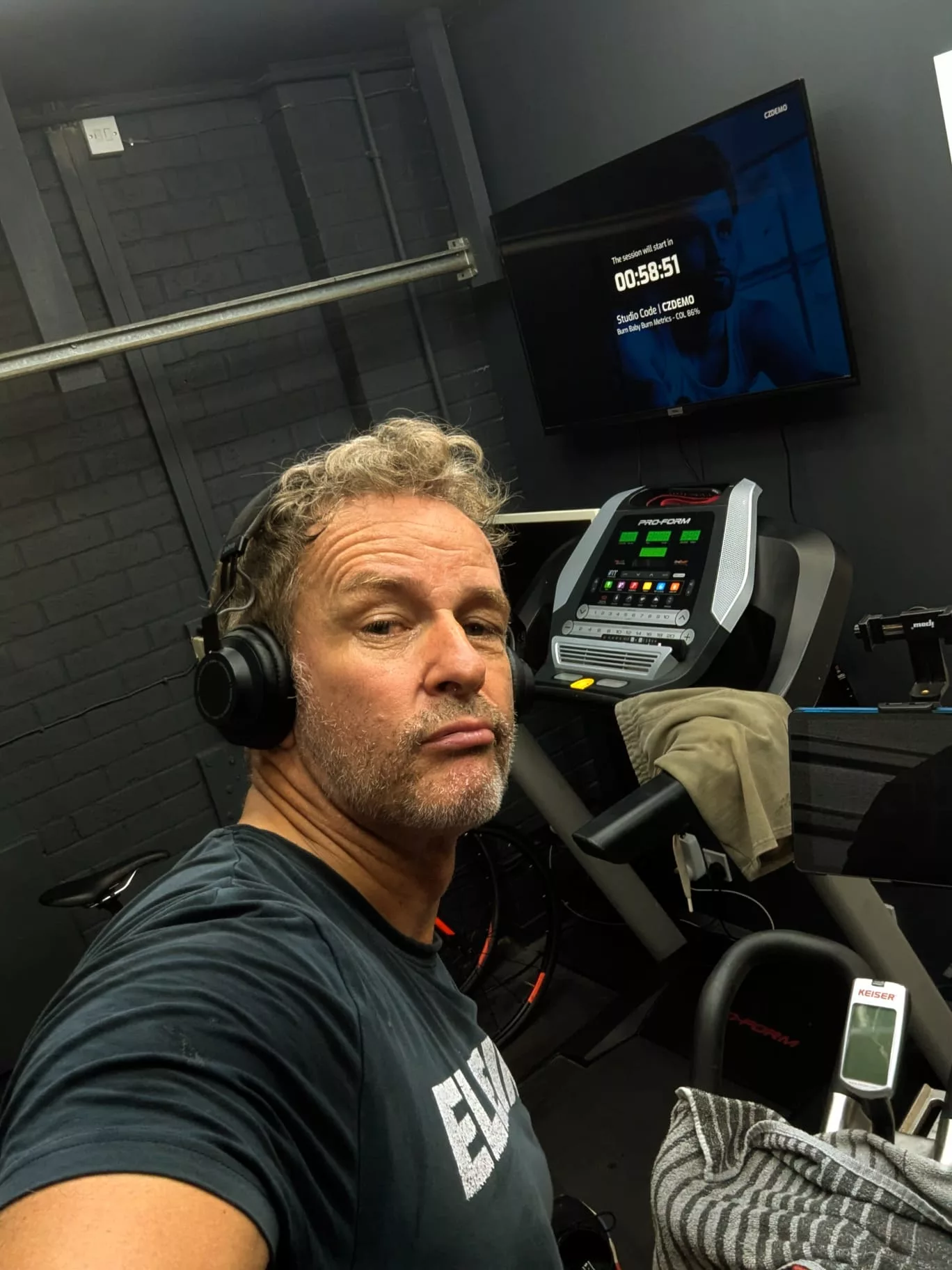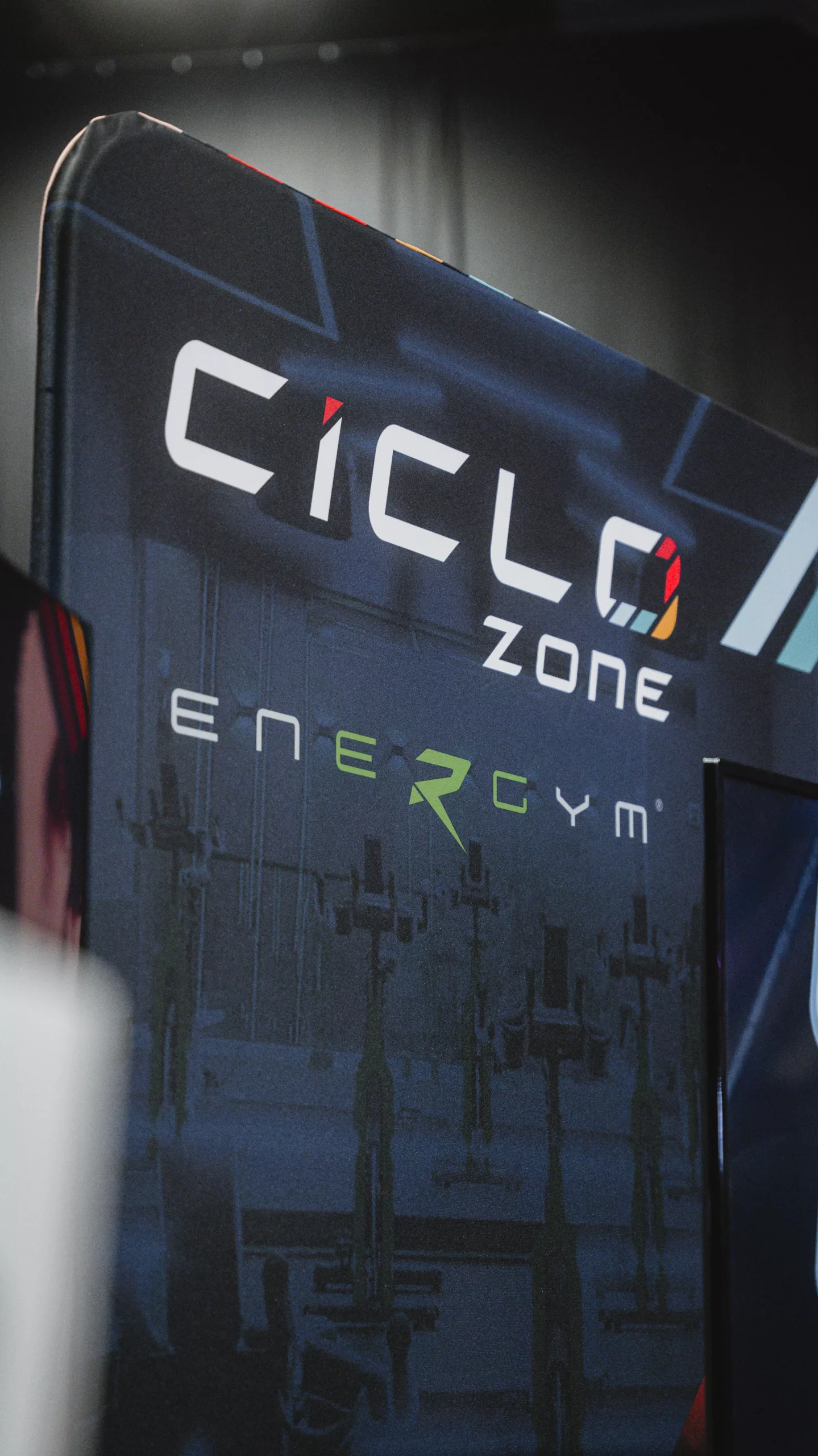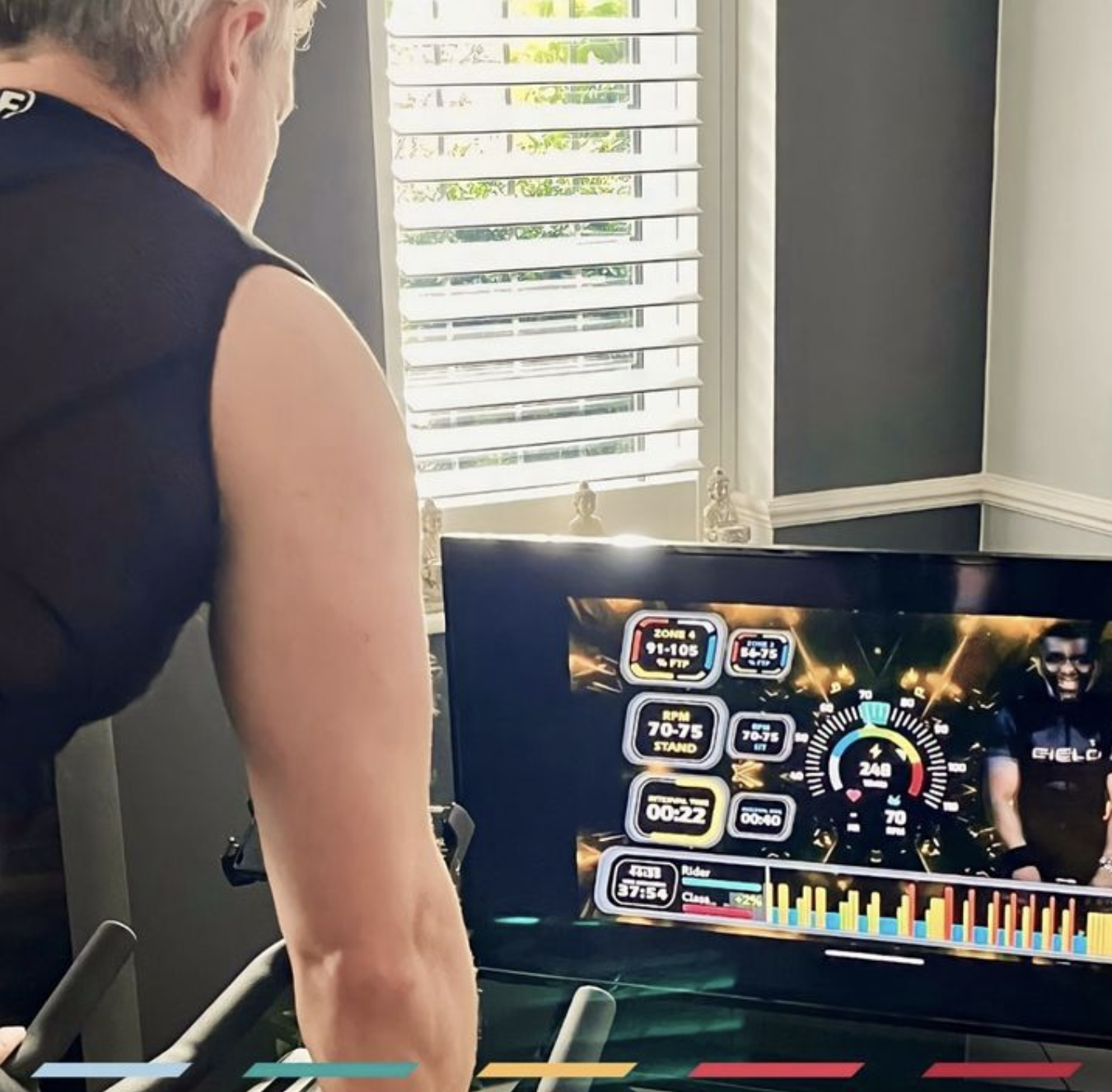Cadence is a murky subject for cyclists. We all know that pedalling at one cadence feels very different from spinning at another, and we naturally gravitate towards certain cadences as we ride. But few of us really understand how cadence affects our efficiency on the bike, and there’s lots of contradictory information on the topic. So, what actually is the optimal cycling cadence, and how can you use pedalling drills to become more efficient?
What is cycling cadence?
Cadence is one of the most basic variables of riding a bike: the speed at which you turn the pedals. It’s expressed in RPM (revolutions per minute) and can be measured with inexpensive sensors. If you have a power meter on your bike, it probably measures your cadence automatically. In CicloZone sessions, the rhythm of all the music tracks has a BPM (beat per minute) exactly the same as the required RPM to help riders who don’t have an RPM meter on their bike.
Typical cycling cadences
Cycling cadence varies widely from rider to rider, and in different situations. Recreational riders and commuters often pedal rather slowly, around 60 RPM. Racers and more experienced hobbyists usually average between 75-95 RPM, and pros can sustain over 100 RPM during attacks, or more than 110 RPM during sprints.
Different cadences make different physiological demands on the body. Low cadences require more force to be exerted in each pedal stroke, placing a greater burden on the muscular system and activating more fast twitch muscle fibres. High cadences typically involve less force per pedal stroke, shifting the load to the cardiovascular system and slow twitch muscles. But, as we’ll see, the effect of different cadences is even more complicated than it might seem.
What is the most efficient cadence?
Here’s where things get interesting. There’s lots of good evidence to support the idea that lower cadences are more bio-energetically efficient. When you pedal faster, oxygen consumption increases, even if the same amount of work is being performed. From this simple standpoint of metabolic efficiency, research shows the optimal cadence is around 60 RPM – a speed most cyclists would charitably characterise as a grind.
Most new cyclists adopt this cadence as preference due to the ease at which their bodies adapt to cycling at this pace, but this pace isn’t sustainable for most of us for an important reason – there’s more to riding a bike than being efficient.
The other half of the equation is power and the ability to generate it.
At low cadences, your muscles contract at speeds well below the rate at which they are strongest. As the power you’re trying to create rises, the cadence at which your muscles are most effectively able to produce it increases, too. So, while pedalling slowly has the lowest overall metabolic cost, it effectively limits your ability to produce high power – a dealbreaker in most race scenarios.
In the end, the science is confusing and sometimes contradictory. But a wealth of evidence suggests the most-effective cadence depends on the situation and event type.
Low to moderate cadences of 70-90 RPM are comparatively weak but efficient, and useful for ultra-endurance riding when energy conservation is of primary concern. High cadences of 90-100 RPM are better for most racing and time trial situations, in which power production is most important. Very high cadences of 100-120 RPM are most effective when the highest power is needed for short periods, such as during attacks, surges and sprints.
Should I train at different cadences?
Yes! Bike racers of all disciplines inevitably encounter situations requiring cadence changes, such as steep climbs or hard accelerations out of corners. These crucial moments can be very fatiguing if you’re unprepared to face them. Practice and experience make perfect and acclimatising yourself to a wide range of cadences in training can help you be ready on race day.
Cadence work also improves the quality and efficiency of your pedal stroke overall. In fact, studies of professional cyclists have shown that some elite riders are actually most efficient at high cadence, despite the previously-discussed evidence that low cadence is most economical. This is likely due to pro athletes’ fluid movement patterns and good form, learned through practice.
For all these reasons, simple cadence drills can benefit every rider.
Slowing the ageing process
Aside from cyclists, we know that a vast proportion of physical degradation due to age of the human body involves the speed capability of our bodies regarding neuromuscular connectivity and firing patterns of our muscles. Cycling at slightly higher cadences promotes amazing physical changes to the functionality of the body as well as higher power and power-to-weight outputs.
How to improve your cadence
Cadence drills are incorporated into all CicloZone sessions and workouts simply to rehearse movement patterns and develop efficiency. A great time to train on different cadences is in the off season or winter training, ready to reap the benefits come the springtime.
Conclusion
It is incredibly important to train the human body to move in a more functional manner and one of the easiest ways to do this on a bike is to include intervals and training sessions at different cadences.
Whether you are an out-and-out cycle racer, a hobbyist, or someone just using the bike to maintain a level of general fitness, cadence should play an important part in your training.
By training with CicloZone, your cadence requirements will already be catered for as the sessions contain varied power intervals at differrent cadences specifically designed to train your body physiologically as required.
Are you ready to get in the zone?!
Every CicloZone workout makes sure you work at the right intensity for you for the optimum amount of time to deliver results. Download the app at the App Store or Google Play.




